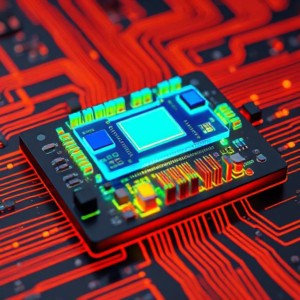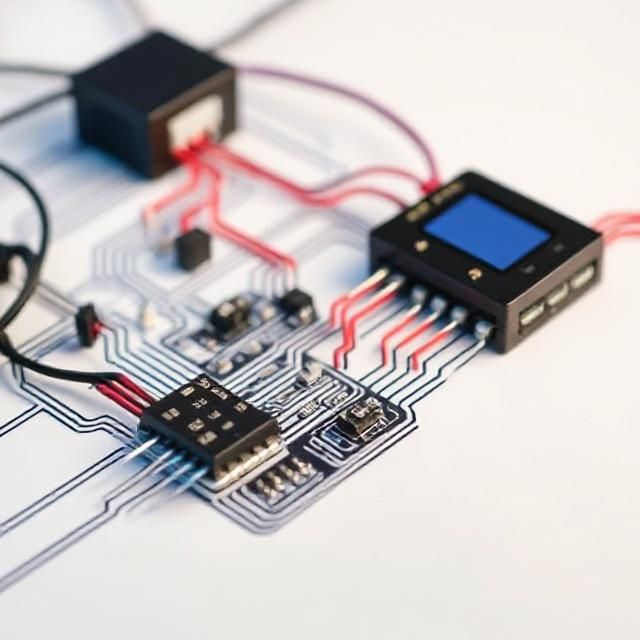What is Heat Dissipation?
When electronic devices like your phone, computer, or even a light bulb are working, they use electricity to perform tasks. However, not all the energy they use gets turned into useful work (like lighting up or processing data). A lot of this energy gets turned into heat.

Heat dissipation is the process of getting rid of this excess heat to prevent the device from getting too hot and damaging itself.
Why is Heat Dissipation Important?
Electronics generate heat when they operate, and too much heat can cause problems:
- Damage to Components: Electronic components (like chips, transistors, or resistors) are sensitive to heat. If they get too hot, they can break or stop working properly.
- Decreased Performance: Many electronic devices slow down or perform poorly when they overheat. For example, your computer might become sluggish if it gets too hot because the processor has to slow down to avoid damage.
- Shorter Lifespan: Overheating can cause the parts inside the device to wear out faster, reducing its overall lifespan.
How Does Heat Dissipation Work?
To avoid overheating, electronic devices use various methods to get rid of heat. Let’s look at some of the most common ways this is done:
- Heat Sinks: A heat sink is a metal piece (usually made of aluminum or copper) that attaches to the part of the device that gets hot (like a CPU or power supply). The heat sink absorbs the heat and then spreads it out over a larger surface area, allowing the heat to dissipate into the air more easily.
- Think of it like a radiator in a car. It helps spread the heat over a larger area so that it can cool down more effectively.
- Fans: Many electronics use fans to blow air across the heat sink or hot parts of the device. This helps carry the heat away from the components and cool them down faster.
- In a computer, for example, fans blow air over the CPU or GPU to keep them cool.
- Thermal Paste: Thermal paste is a special substance that’s applied between the heat-generating component (like a processor) and the heat sink. It helps improve the heat transfer between the two surfaces, making sure the heat moves efficiently from the component to the heat sink.
- Passive Cooling: Some devices rely on passive cooling, where heat is simply allowed to rise and dissipate naturally without any fans or extra parts. This is often used in smaller devices or ones that don’t generate too much heat.
- Liquid Cooling: In some high-performance devices (like gaming computers or servers), a liquid cooling system is used. This involves circulating a liquid coolant through tubes to absorb heat from the components and then carry it away to a radiator where it can cool down.
Common Places You Need Heat Dissipation
- Computers & Laptops: The CPU (central processing unit) and GPU (graphics processing unit) generate a lot of heat when they’re doing heavy work. Without heat dissipation, the computer would overheat and crash.
- Smartphones: Even small devices like smartphones need heat dissipation. The processor, battery, and screen all generate heat during use, and cooling systems ensure the phone doesn’t overheat.
- Power Supplies: Electronic devices that require a lot of power (like chargers or power adapters) generate heat, so they often have built-in heat dissipation systems.
- LED Lights & TVs: Even lights and televisions produce heat when in use. Proper heat management prevents the device from becoming too hot and causing safety issues or reducing performance.
How Can Heat Impact Electronics?
If heat isn’t properly managed, it can lead to:
- Burnt-out parts: Some components may melt or become damaged.
- Overheating shutdown: The device may shut down automatically to protect itself.
- Slower performance: Devices might become slow because they reduce power to avoid heat damage.
Summary:
Heat dissipation is very important in electronics because:
- Electronics produce heat when they work.
- Too much heat can damage components, slow down performance, or shorten the device’s lifespan.
- Methods like heat sinks, fans, thermal paste, and liquid cooling are used to safely move heat away and keep the device cool.











